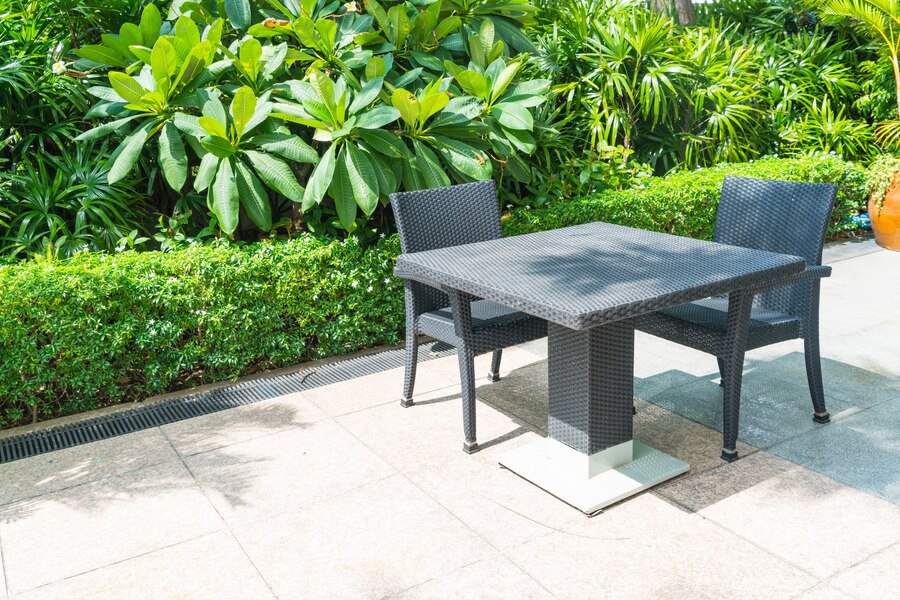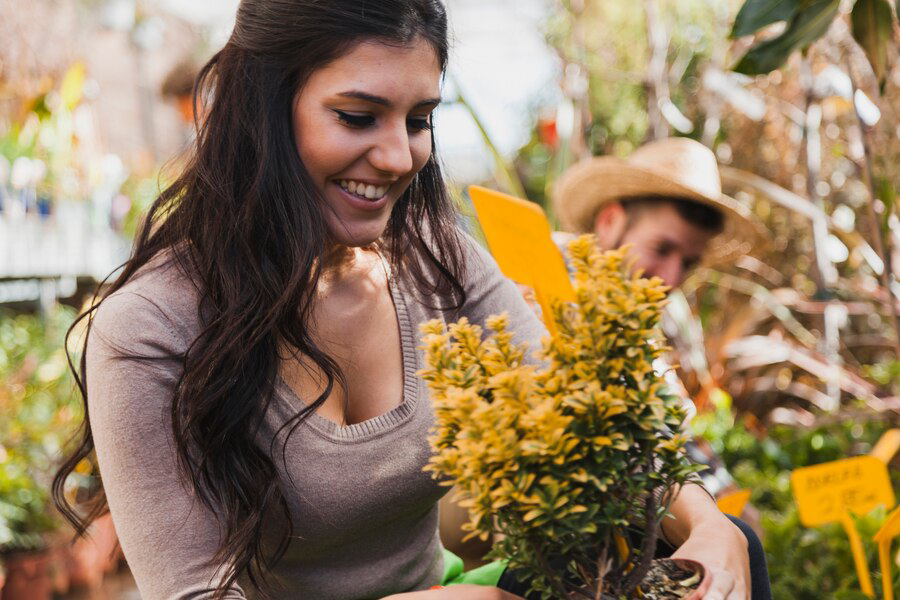In an era marked by environmental consciousness and conservation efforts, the importance of eco-friendly practices extends beyond the confines of our homes and into our outdoor spaces. Eco-friendly landscape design offers a sustainable approach to outdoor living, incorporating principles of environmental stewardship, resource efficiency, and biodiversity conservation. In this article, we’ll explore the benefits and key strategies of eco-friendly landscape design, highlighting how it can enhance the beauty, functionality, and resilience of outdoor environments while minimizing ecological impact.
Preserve Natural Resources:

Eco-friendly landscape design prioritizes the conservation of natural resources such as water, soil, and energy. By employing techniques such as rainwater harvesting, drip irrigation, and native plantings, designers can reduce water consumption and minimize reliance on traditional irrigation systems. Additionally, practices like composting, mulching, and organic fertilization promote soil health and fertility, fostering a more sustainable foundation for plant growth and ecosystem resilience.
Preserving natural resources lies at the core of eco-friendly landscape design, emphasizing the importance of stewardship and sustainability in outdoor environments. This principle encompasses a range of strategies aimed at conserving water, soil, and energy while fostering ecosystem health and resilience.
Water conservation is a key focus of preserving natural resources in landscape design. By implementing practices such as rainwater harvesting, designers can capture and store rainwater for irrigation, reducing reliance on potable water sources. Additionally, drip irrigation systems deliver water directly to plant roots, minimizing evaporation and runoff while promoting efficient water use. Incorporating drought-tolerant plants and employing soil moisture sensors further enhances water efficiency, ensuring that landscapes thrive with minimal water input.
Soil conservation is another vital aspect of preserving natural resources in landscape design. Healthy soil forms the foundation for plant growth and ecosystem vitality, yet it is often degraded by erosion, compaction, and chemical contamination. To mitigate these issues, designers implement techniques such as composting, mulching, and cover cropping to improve soil structure, fertility, and moisture retention. By nurturing healthy soil ecosystems, landscapes become more resilient to environmental stresses and support thriving plant communities.
Energy conservation is also integral to preserving natural resources in landscape design. By strategically placing trees, shrubs, and other vegetation, designers can provide natural shading and windbreaks to reduce heating and cooling loads on buildings. Deciduous trees offer summertime shade while allowing sunlight to penetrate in winter, optimizing passive solar heating and cooling. Furthermore, selecting energy-efficient lighting fixtures and utilizing solar-powered options minimizes energy consumption and greenhouse gas emissions associated with outdoor lighting.
In addition to water, soil, and energy conservation, eco-friendly landscape design prioritizes the preservation of biodiversity and ecological integrity. By incorporating native plants and creating habitat features such as pollinator gardens, birdhouses, and wildlife corridors, designers enhance biodiversity and support local ecosystems. These diverse plantings attract beneficial insects, birds, and other wildlife, promoting natural pest control and pollination services while fostering a deeper connection to the natural world.
Overall, preserving natural resources in landscape design is essential for creating sustainable outdoor environments that benefit both people and the planet. By implementing water-efficient irrigation systems, promoting healthy soil ecosystems, optimizing energy use, and enhancing biodiversity, eco-friendly landscapes can thrive while minimizing environmental impact. Contact us today to learn more about how we can help you design and create landscapes that preserve natural resources for generations to come.
Embrace Native Plants and Biodiversity:
Native plants play a crucial role in eco-friendly landscape design, as they are well-adapted to local climate conditions and require minimal maintenance once established. By incorporating native species into landscape designs, designers can enhance biodiversity, provide habitat for native wildlife, and reduce the need for pesticides and fertilizers. Moreover, diverse plantings can contribute to ecosystem resilience, supporting pollinators, birds, and other beneficial organisms essential to healthy ecosystems.

Optimize Energy Efficiency:
Eco-friendly landscape design considers the energy implications of outdoor features such as lighting, shading, and vegetation placement. Strategically positioned trees and shrubs can provide natural shade and cooling effects, reducing the need for artificial cooling systems during hot summer months. Similarly, energy-efficient lighting fixtures, such as LED bulbs and solar-powered lights, minimize energy consumption while enhancing safety and ambiance in outdoor spaces.
Reduce Waste and Pollution:
From construction materials to maintenance practices, eco-friendly landscape design aims to minimize waste generation and pollution. Designers prioritize the use of sustainable materials, such as reclaimed wood, recycled aggregates, and permeable paving, to minimize environmental impact and promote resource conservation. Additionally, eco-friendly maintenance practices, such as integrated pest management and organic weed control, reduce reliance on chemical inputs and mitigate potential harm to ecosystems and waterways.
Foster Environmental Education and Engagement:
Eco-friendly landscape design provides opportunities for environmental education and community engagement, fostering a deeper appreciation for nature and sustainable living practices. Incorporating educational elements such as interpretive signage, demonstration gardens, and wildlife habitat enhancements can inspire individuals to connect with their surroundings and take action to protect the environment. Furthermore, community involvement in landscape design projects promotes social cohesion and collective stewardship of shared green spaces.
Conclusion:
Eco-friendly landscape design offers a holistic approach to outdoor living that balances aesthetic appeal with environmental responsibility. By prioritizing resource conservation, biodiversity, energy efficiency, waste reduction, and community engagement, eco-friendly landscapes can contribute to a more sustainable future for both people and the planet. Whether you’re designing a residential garden, public park, or commercial development, embracing eco-friendly principles can create outdoor spaces that not only delight the senses but also nurture the Earth. Contact us today to embark on the journey of creating sustainable landscapes that enrich lives and protect our natural heritage for generations to come.











